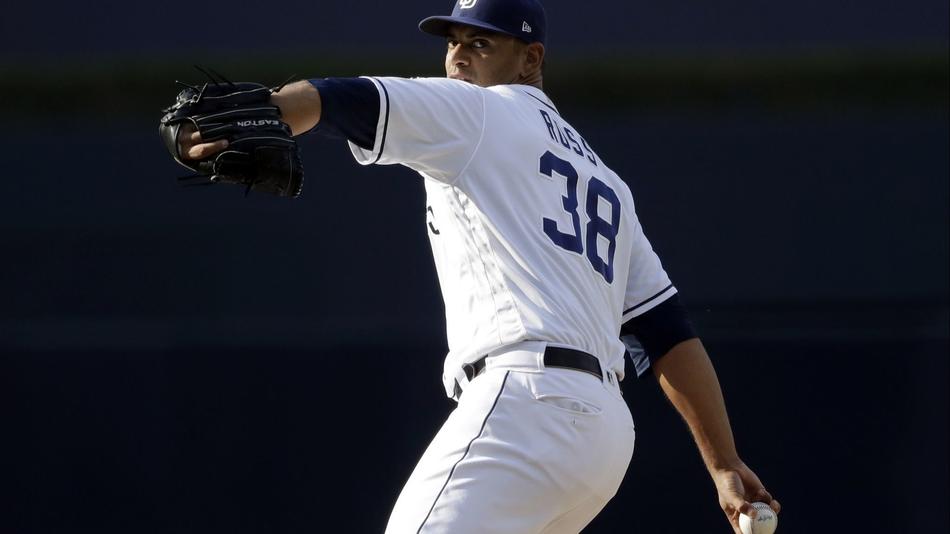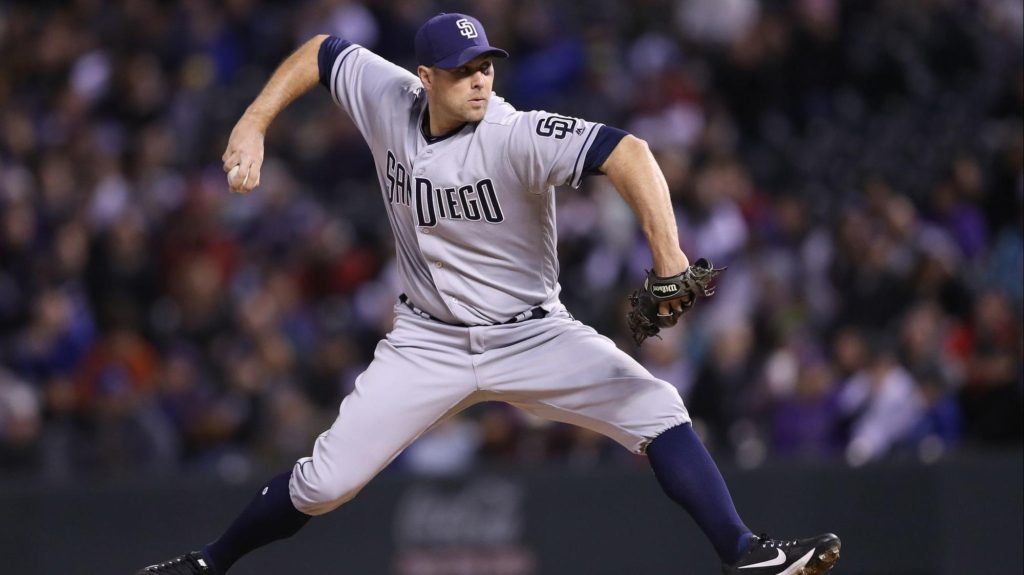Padres Aren’t Done Yet: How Trading in August Works


Some Padres players may have breathed a sigh of relief as 1pm PDT passed on Tuesday. They still live in America’s Finest City. Padres fans also wiped their brows, as the deadline passed and the Friars still had all of their prized prospects. Chris Archer would have cost them dearly, looking at the haul the Rays got from the Pirates.
Now that the calendar has turned to August, the non-waiver deadline has passed, but trades can still happen. In 2015, the Friars traded Will Venable to the Texas Rangers in August. The Astros traded for Justin Verlander on August 31 of last season on his way to winning the ALCS MVP.
So how does this work?
Any team wishing to trade a player must first put him on waivers. This gives the other 29 major league teams a chance to “claim” him. Let’s say the Padres put Craig Stammen on waivers with an intent to trade him. If a team claims Stammen, the Padres have three options. First, they can just pull him back and keep him on the roster. Second, the Padres work out a trade with the claiming team. Finally, the Padres can just let him go to that team for nothing in return.
The tricky part is the Padres would not have control over who would claim Stammen. It could be the Dodgers or Giants. They would still be able to decide whether or not to trade him, but their options would be limited to whomever claims him.
If more than one team claims him, the claim would be awarded to the team with the worst record.
If no one claims Stammen and he clears waivers completely, the Friars are free to trade him to whomever they wish. This is why you will see, over the next few days, teams putting players like perhaps Jacob deGrom or Jose Abreu on waivers, just to see if they will clear waivers and be available to trade. Teams want to keep their options open. As long as they are revocable waivers, the team is not losing anything by putting a player on waivers.
A player can only be placed on “revocable” waivers once. After that, the waiver is irrevocable and if a team claims him, he is gone.
A player acquired after August 31st is not eligible for postseason play, so that is why August 31st is the de facto deadline for these kinds of trades (such as Verlander).
So why would a team try to place a guy like Shin-Soo Choo through waivers? Wouldn’t the first team presented with the chance jump at it? How would he clear waivers? Sure, any team can jump on it if they so choose. But he is owed $20 million this year and $21 million over the next two years. Teams would need to think long and hard about having to pay that. Randy Myers… Blah
Plus, if a team claimed him with the intent to make a trade, they would have to give up a huge haul. So some teams may be turned off at the idea and pass on him.
The Padres may yet make trades this month. Of course, they are not as fast and furious as the July deadline but they can certainly be impactful.
Native of Escondido, CA. Lived in San Diego area for 20 years. Padres fan since childhood (mid-90s). I have been writing since 2014. I currently live near Seattle, WA and am married to a Seattle sports girl. I wore #19 on my high school baseball team for Tony Gwynn. I am a stats and sports history nerd. I attended BYU on the Idaho campus. I also love Star Wars.
Thanks for the informative article, Nick! I was curious about how trades worked in August, and you cleared up a few things for me. People seem to think that Tyson Ross would pass through waivers easily, but I’m not sure, given how cheap his contract is.
Thanks Roddy! Yeah I imagine someone would snatch him up pretty quickly.